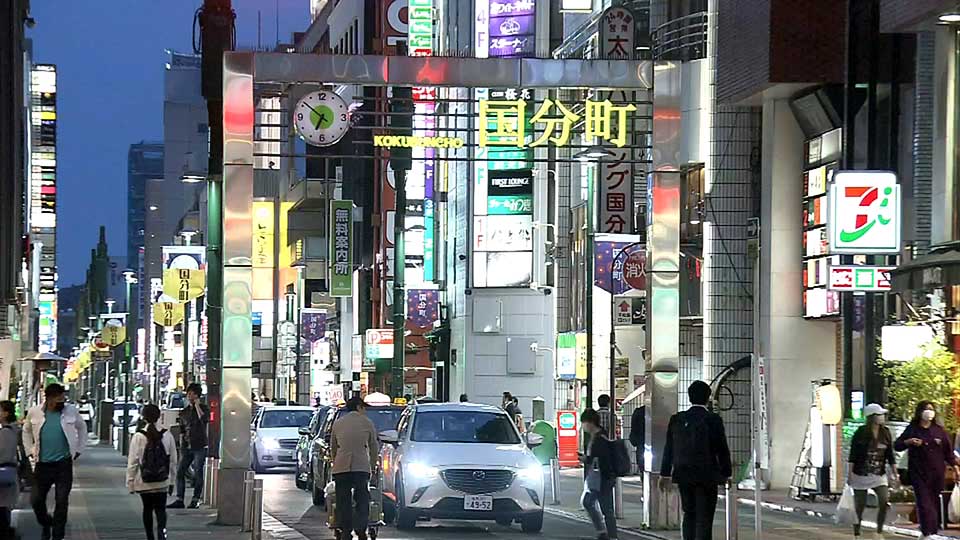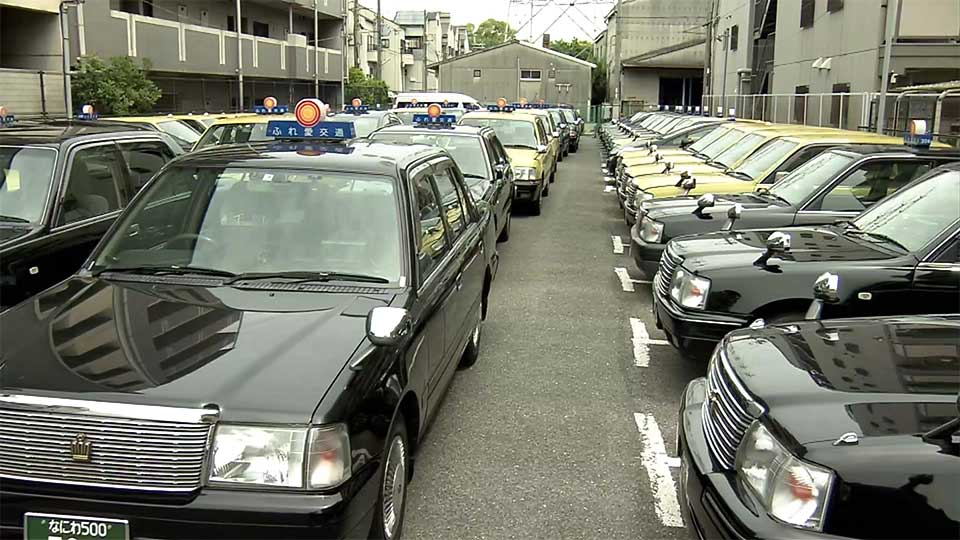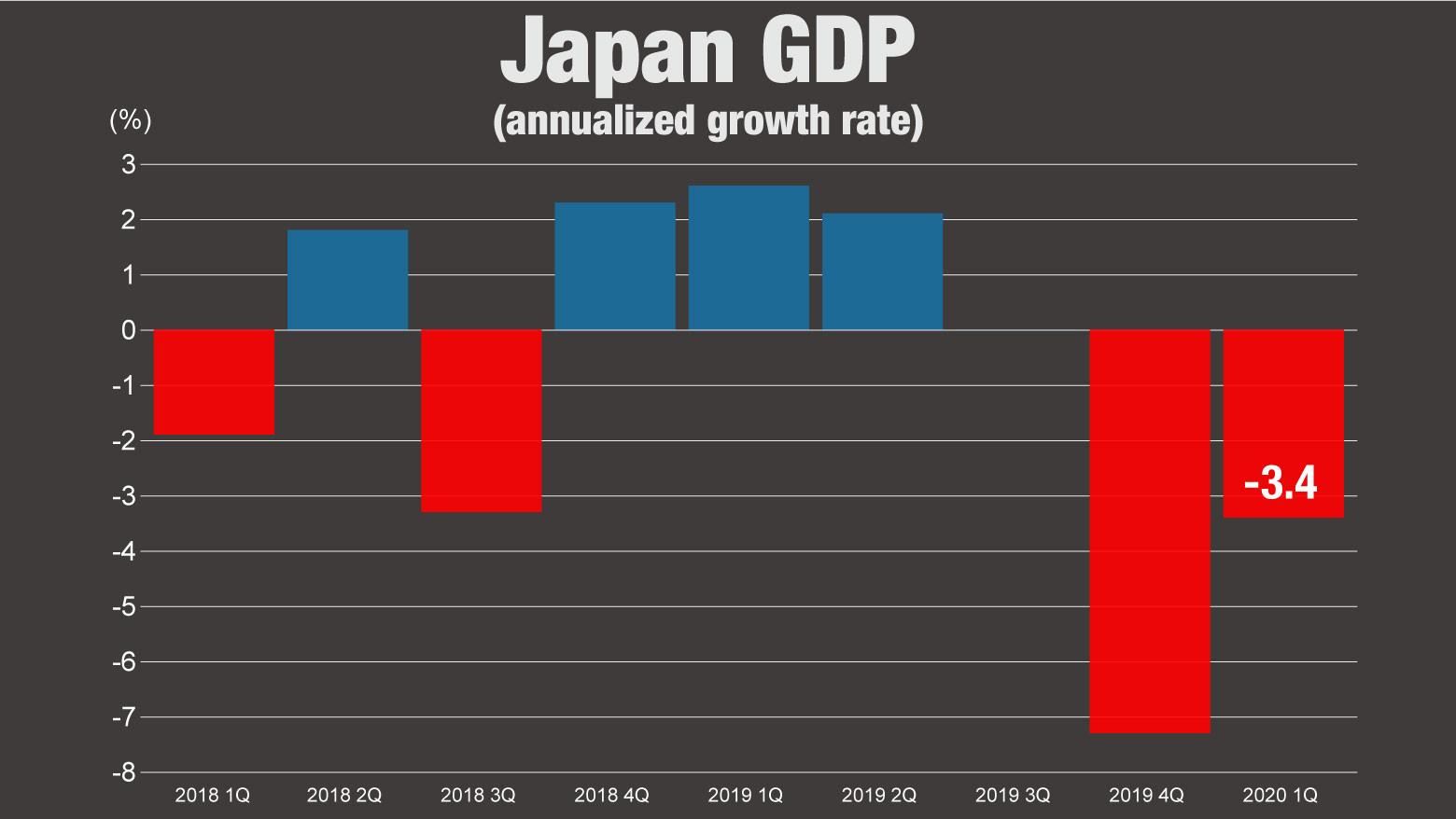Personal consumption, which makes up more than half of Japan’s GDP, fell by 0.7%. Exports plunged 6% as global economic activity stagnated. Housing investment fell 4.5%, while corporate investment was down 0.5%.
Companies bear brunt of damage
Yogorozushi Honten, sushi restaurant in Sendai has been in business for nearly a century. It closed for renovations and planned to reopen in April. But the pandemic has forced the store to keep its doors closed. The owner says he plans to restart business in June but customer traffic at neighboring restaurants, even after the local government lifted its business closure request, has him worried.
“I’ve heard ten businesses around here have had to close,” says Watanabe Naoki, the sushi chef. “And you look outside, there are half as many people on the street as usual. I’m worried that our customers might not come back.”

It’s not just small restaurants that are feeling the effects of the coronavirus. Corporate bankruptcies have been on the rise across Japan. Over 150 companies have declared bankruptcy due to the pandemic so far, according to private credit research firm Teikoku Databank.
Fureai Kotsu, a taxi operator in Osaka City, had been in business for over 15 years and boasted a fleet of about 100 vehicles. But the pandemic made quick work of the company. April sales plummeted more than 80% from the same month last year. On May 13th, the firm was forced to file for bankruptcy.
But for former president Michino Takashi, the most painful part of the process was laying off his 81 employees.
“I had no choice,” Michino says. “It was a heavy responsibility. It’s all I think about now. Every day and night.”

Grim outlook
Most experts say the economic carnage is only beginning. Some project the GDP to fall 20% in the April to June quarter, which would be the biggest decline since comparable data became available in 1980.
“The next quarter will be even tougher,” says Economic Revitalization Minister Nishimura Yasutoshi. “The economy is continuing to slump overseas and we should expect the same in Japan.”
Maruyama Yoshimasa, Chief Market Economist at SMBC Nikko Securities, says this will be the economic reality for some time.
“It won’t be until at least the end of 2023 that the economy returns to the way it was before the virus,” he says. “That’s when new demands will emerge, and we can go back to normal.”
Martin Schulz, Chief Policy Economist at Fujitsu, says increased investment in the digitalization of the economy will help alleviate some of the damage.
“It will take a little bit longer,” he says. ”But it will be much more sustainable and really provide a basis for future growth.”
Some companies have been able to return to partial business after the nationwide state of emergency was lifted in 39 prefectures last week. But the declaration is still in place for the major economic centers of Tokyo and Osaka.
Prime Minister Abe Shinzo said at a news conference that the government will soon start working on a second supplementary budget for this fiscal year. He stressed that business assistance will be one of the priorities.
For companies across the country, the support can’t come soon enough.

